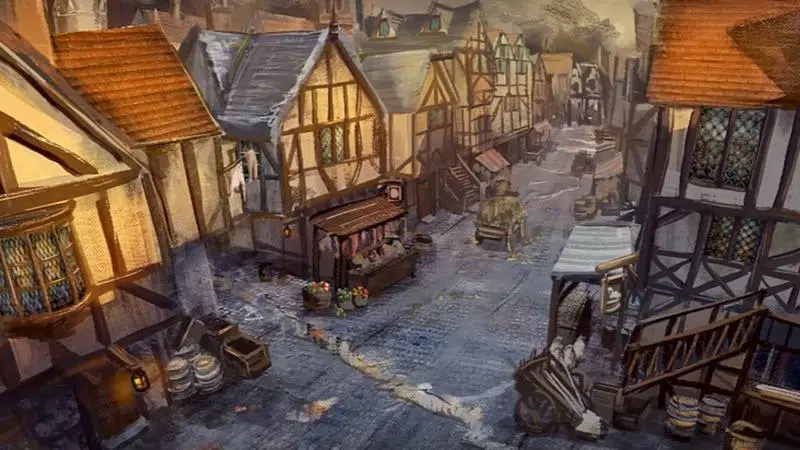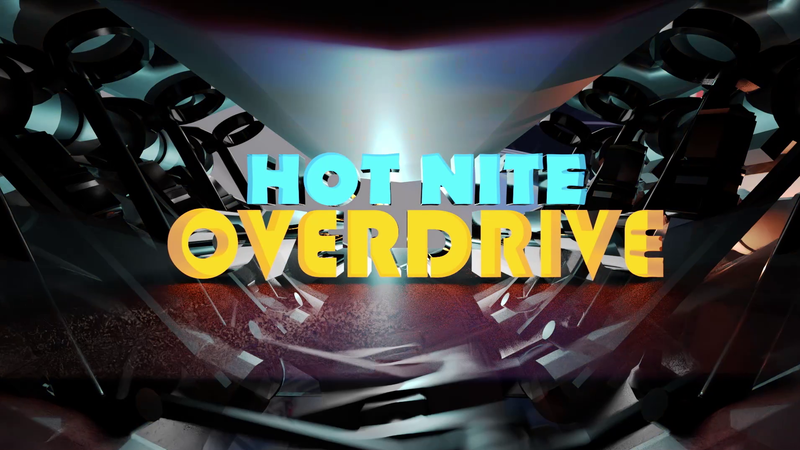
CHARBONNEAU: Lessons from the Little Ice Age
CLIMATE CHANGE WILL CHALLENGE our ability to survive and our world view. Business as usual will not be an option.
Our survival skills are already being tested in Europe. In 2003, heat killed at least 30,000 people and caused 13 billion Euros in financial damages — the hottest summer since the 16th Century.
We inherited our current world view from the 17th Century. Climate change had a profound effect on European agriculture, philosophy and religion during the Little Ice Age from 1570 to 1684, argues Phillip Blom in his book, Nature’s Mutiny: How the Little Ice Age of the Long Seventeenth Century Transformed the West and Shaped the Present as reviewed by Nathaniel Rich.
During the Little Ice Age, Europe was two degrees Celsius colder than historical averages. It doesn’t seem like much until you consider the effect.


